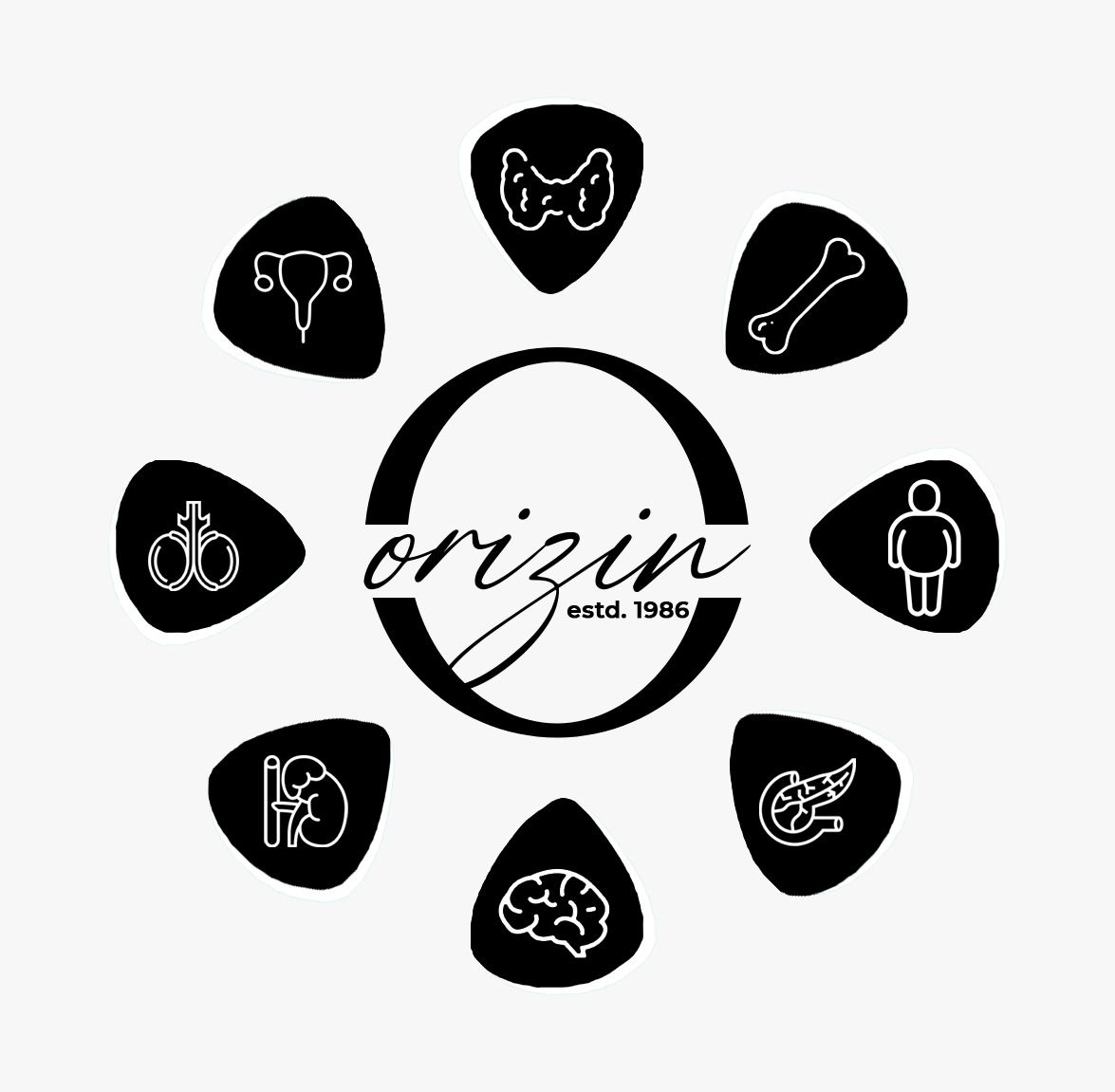Hypogonadism is a condition with various symptoms that affect both men and women. Understanding these symptoms and their impact is crucial for early detection and management. In this guide, we’ll explore what hypogonadism is, its causes, and signs across different ages. Whether you’re a man or a woman, recognizing the symptoms can help address this condition effectively.
Exploring Hypogonadism: Causes and Risk Factors
Hypogonadism is a condition where the body doesn’t produce enough hormones, particularly testosterone in men and estrogen in women. These hormones play a vital role in sexual development and overall well-being. In males, low testosterone can be especially concerning as it is a known low testosterone cause hair loss. This reduction can contribute to hair thinning or balding over time.
There are two main types of hypogonadism: primary and secondary. The causes of primary hypogonadism involve problems in the gonads themselves, such as genetic defects or physical damage to the testes or ovaries. On the other hand, causes of secondary hypogonadism are related to issues with the pituitary gland or hypothalamus, which are brain areas controlling hormone production.
Some of the common triggers include genetic factors like Klinefelter syndrome or Turner syndrome. Lifestyle factors such as obesity, excessive alcohol use, and severe stress can also contribute. Certain medications and treatments, like chemotherapy, can lead to hypogonadism as well.
Various risk factors increase the likelihood of developing hypogonadism. Conditions like type 2 diabetes and autoimmune disorders are significant contributors. Genetic anomalies, like those affecting pituitary function, are also notable risks. Understanding these factors is essential for gaining insights into hypogonadism signs and preparing for a proper diagnosis.
Recognizing the Symptoms Across Genders and Ages
The symptoms of hypogonadism vary between males and females. In males, signs of hypogonadism can be wide-ranging. Some might notice changes in their sexual health, like reduced libido or erectile dysfunction. Physically, men may experience testicular hypofunction symptoms, which include a decrease in muscle mass and increased body fat. Mental impacts such as mood swings or fatigue are also common.
In women, the symptoms of hypogonadism might present differently. Many may experience menstrual irregularities, where periods become less frequent or stop altogether. Physical changes like reduced breast growth or losing body hair can also occur. Additionally, there may be shifts in mood, leading to feelings of depression or irritability, similar to effects of hypogonadism observed in men.
For teenagers, hypogonadism can delay puberty. Boys might not develop secondary sexual characteristics like voice deepening or facial hair. Girls, on the other hand, may not develop breasts or start menstruating at the expected age. Recognizing these signs early is fundamental.
- Boys might experience:
- Lack of muscle development
- Delayed growth of body hair
- Underdeveloped genitals
- Girls might experience:
- Absence of menstrual cycle
- Limited breast development
Early diagnosis can prevent long-term health issues. Addressing testicular hypogonadism symptoms promptly ensures better management and improved quality of life. Understanding these symptoms and acting swiftly is vital for both individuals and healthcare providers.
Diagnosis and Management: Steps to Take
If you think you or someone you know may be experiencing symptoms of hypogonadism, it’s crucial to seek medical advice. Key signs necessitate evaluation by a healthcare provider to ensure proper treatment. These might include persistent fatigue, sexual dysfunction, or changes in mental health.
Diagnosing hypogonadism typically starts with a thorough physical exam and review of medical history. The doctor will likely perform hormone level tests since irregularities often indicate hypogonadism. This might involve blood tests to check levels of testosterone, estrogen, and other hormones.
Identifying hypogonadism signs helps doctors tailor the right treatment plan. Testicular hypogonadism symptoms may require different approaches compared to other forms. A clear diagnosis is essential for effective management.
Managing hypogonadism often involves a combination of treatments. Hormonal therapy is a common approach to replace missing hormones. For men, testosterone replacement can alleviate testicular hypofunction symptoms, and help with sexual health and physical changes. For women, estrogen therapy might be recommended to address symptoms of hormonal imbalance.
Aside from medications, lifestyle changes can also play a vital role in managing hypogonadism. Adjustments such as maintaining a healthy weight, regular exercise, and reducing alcohol consumption can significantly affect the treatment outcome. These steps help mitigate symptoms while improving overall health.
- Lifestyle Strategies:
- Regular exercise
- Balanced diet
- Limiting alcohol
- Smoking cessation
It’s important to follow a personalized plan crafted by a healthcare professional. Regular follow-ups are crucial to monitor progress and make necessary adjustments to treatment. A proactive approach ensures that individuals with hypogonadism manage their condition effectively, minimizing the effects of hypogonadism on everyday life.
In conclusion, understanding the wide range of symptoms of hypogonadism is key for identifying and managing the condition early. Whether you notice signs of hypogonadism in males or symptoms in females, recognizing these changes can lead to a better quality of life. Early intervention and proper management strategies are vital for overcoming the challenges posed by hypogonadism.

